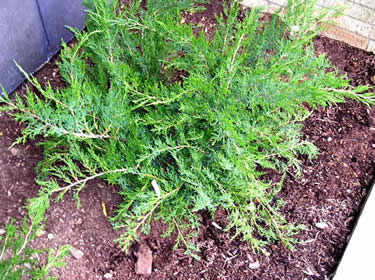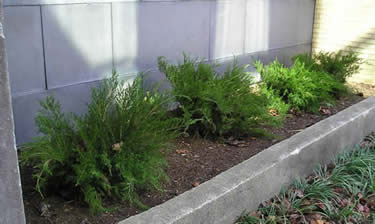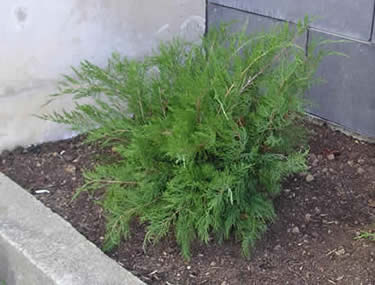


Interesting Information About Plant:
Juniper is a woody shrub of the Juniperus genus, which are all aromatic evergreens of the Cupressaceae or Cyprus family. It is a plant widely distributed over the North Temperate Zone. Back in the day it was also burned as a sacrifice to the gods and goddesses of ancient Sumeria and Babylonia. While in Europe the branches from the plant were smoldered while carried around the fields to protect livestock. The fruit from the plant also has many medicinal uses, such as cystitis, digestive problems, and colic, if they are collected unshrivelled in autumn and dried slowly in the shade. Also, if you just can’t find the right flavoring for your meal, then juniper can do that to. It can be used in sauerkraut, stuffing, and for flavoring beverages like tea and gin, while the roasted seeds can supposedly replace coffee. The indigenous people of Eurasia used juniper for tonics to treat kidney and stomach ailments, and rheumatism. Native Americans used to use it to treat colds, the flu, arthritis, muscle aches and kidney problems, and in Sweden it is used in a beer that’s supposedly good for you. This is a very diverse species, so is very challenging to identify; most specimens are cultivars, of which there are dozens.
Juniper (cultivar 'Sea Green')
Common Name(s): Tam Juniper
Scientific Name: Juniperus sabina 'Tamariscifolia'
Family Name (Scientific and Common): Evergreen
Continent of Origin: China
Plant Growth Habit: Woody Shrub
Height at Maturity: Between 3 – 10 Feet
Life Span: Perennial
Seasonal Habit: Evergreen Perennial
Growth Habitat: Full to Partial Sun
Manner of Culture: Landscape Shrub-Vine-Tree
Thorns on Younger Stem: No
Cross Section of Younger Stem: Roundish
Stem (or Trunk) Diameter: Between The Diameter of a Pencil and a Broom-Handle
Produces Brownish Bark: Yes
Bark Peeling in Many Areas: No
Characteristics of Mature (Brownish) Bark: Bumpy
Type of Leaf: Scale-Like
Length of Leaf (or Leaflet): Length of a Credit Card and a Writing-Pen
Leaf Complexity: Pinnately Compound
Edge of Leaf: Serrated
Leaf Arrangement: Alternate
Leaf has Petiole: No
Patterns of Main-Veins on Leaf (or Leaflet): Pinnate
Leaf Hairiness: No Hairs
Color of Foliage in Summer: Green
Change in Color of Foliage in October: No Change
Flowers: Single
Type of Flower: Like a Pine Cone
Color of Flower: Green
Shape of Individual Flower: none
Sexuality: Male and Female Flowers on Separate Plants
Size of Fruit: Smaller than a Quarter
Fruit Fleshiness: Fleshy
Shape of Fruit: Spherical
Color of Fruit at Maturity: Gray
Fruit Desirable to Birds or Squirrels: No
Louisville Plants That Are Most Easily Confused With This One: Creeping juniper
Unique Morphological Features of Plant: Many different height’s with this species
Poisonous: None of Plant
Pestiness (weedy, hard to control): No
Page Prepared by: Jeff Lindo